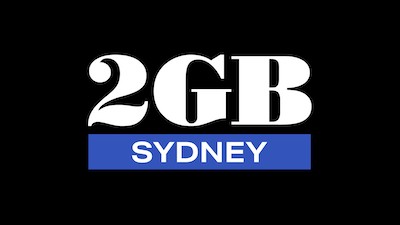The Science Of Great Radio

Science is fact. You can’t argue with facts. Therefore we should turn to science to help guide us. Often when we talk about great content people share nothing more than their opinion or belief about why it was a success. It’s this opinion that leads talent astray. The more they articulate their beliefs and share their opinions the more they believe them to be true. Unchallenged these opinions lead to bad habits and breaking them is extremely hard. There is science that can help guide us when we’re trying to build content breaks that connect. When you understand how we as humans act and behave – the science of humans – things start to become a lot easier.
Here’s a fact that has relevance to talent; “The brain consistently remembers only two things about an event; the emotional peak, and the end.” If you want to create content that your audience not only notices but may also remember then you need to ensure a few things. Your content must offer strong emotional relevance (content the audience can picture themselves in) and it must build to a conclusion that makes the audience laugh, understand or marvel. This fact always makes me think of stand-up comedians, especially those that focus on observational comedy. They tell stories that we can all relate to; “Oh yeh, I’ve done that!” or “I totally know what you mean” and their stories always lead to a punchline that surprises us and makes us roll around in fits of laughter.
I have always taught talent a simple structure to effective communication. The structure is grounded in the knowledge that we need to have a strong emotional relevance and build to a conclusion in order to be successful. I encourage talent to prepare their thoughts within this structure.
First you need to understand THE WHY. You need to be able to clearly articulate what the purpose of your content is:
THE GOAL
This is where you define what your purpose is…
- What do you want the audience to say or do after hearing you?
- What is it that you want to achieve? Why?
- What is at the heart of what you want to say?
Once you know what you’re setting out to do you’re ready to prepare THE HOW. You need to present you message in a way that will maximum its potential impact:
(1) THE HOOK
This is where you will grab the audience’s attention and make an immediate connection…
- Your first sentence should hook their attention
- Your hook should be provocative
- The hook can be a statement or a question
- The best hooks resemble headlines
- A great hook allures, entices, fascinates or interests the audience
- What words can you use to make your opening more captivating?
(2) THE SUBJECT
This is where you will provide all the necessary details…
- Here you must put forward the body of your message
- The body of your message must support your objective
When building your subject consider the following:
- Share your emotions — how do you feel about the subject
- Share personal stories that support your point of view
- Use clear and simple language
- Use descriptive words to paint vivid pictures
(3) THE CLOSE
This is where you will ask for a specific action or reaction…
- What will you say to bring your message to its conclusion?
- How do you want the listener to feel?
- What do you want the listener to do?
- Make the close something they will remember
Crafting effective communication takes time. It’s easy to just talk. Anyone can open their mouths and let the sounds fall out. The result is often little more than noise that meanders aimlessly; comparable to a chicken running around with its head cut off — pure chaos. You need to spend the time preparing and honing your message. Structure your thoughts and you’ll have a better chance of being heard and remembered. It’s not rocket science, but it is science!
About: Paul Kaye
Originally from England, Paul spent nearly a decade programming radio stations in the UK before moving to Canada in 2012.
While working for Newcap Radio, Paul programmed Classic Hits, Hot-AC and CHR formats in Vancouver & Calgary. Paul was also Newcap’s National Talent Development Director, tasked with improving performance across all content teams, overseeing syndication and leading talent acquisition. In 2016, he joined Rogers Media, as National Talent Coach and National Format Director (CHR).
Paul was somehow named International PD of the year in 2016 (vote re-count pending) and is a certified coach. Paul lives in Toronto and can be reached at [email protected]


